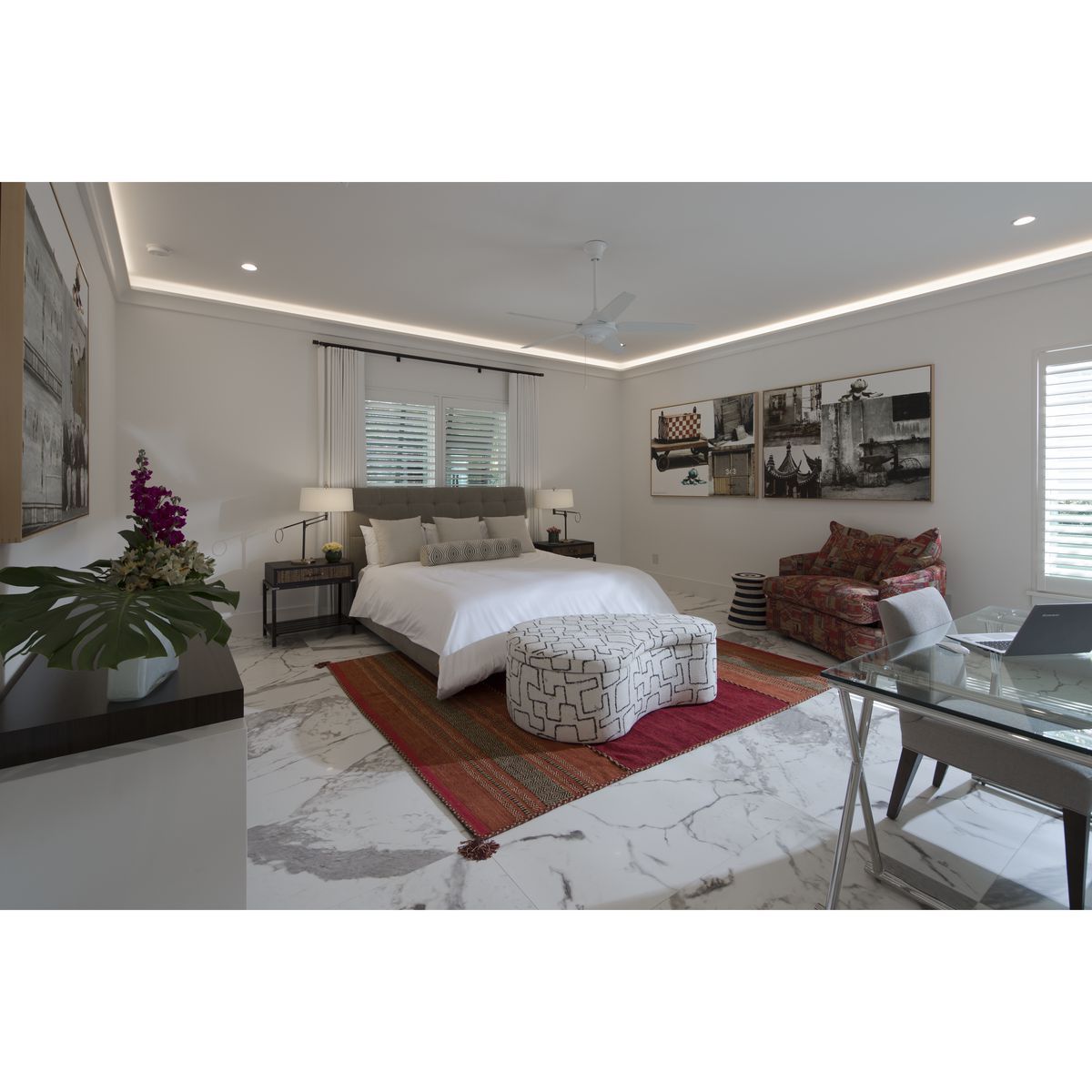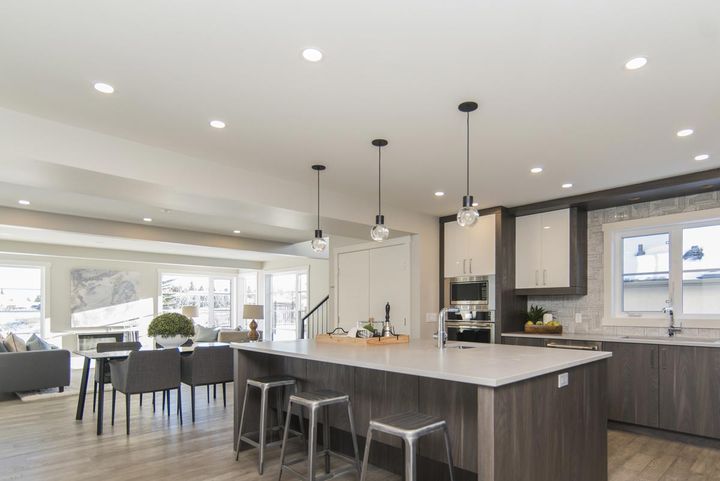Lighting Tips For Your Bedroom Color Scheme

Have you ever noticed how different lighting types affect the color of your room? From the warm to cool colors, the type of lighting you select affects your color scheme – for better or for worse. After investing in bedding, drapes, and accessories for your bedroom, don’t make the mistake of overlooking the lighting. Select the wrong lighting and you’ll ruin the mood; select the right lighting and your bedroom’s color scheme will pop.
Warm vs Cool
In general, “warm” light sources bring out the warm colors such as orange, red, and yellow, while “cool” lighting intensifies cool colors such as blue. This concept is referred to as color temperature, which is measured in units called “kelvin” or “K.” For example, warm incandescent light bulbs typically equal about 2,700K, soft white light falls in the 3,000K range, cool white is about 4,100K, and daylight is about 6,500K.
Assessing Your Bedroom's Color Scheme
Before you select lighting for your bedroom, spend time assessing its color scheme. Is the color scheme warm and loaded with earth tones or is it cool with vibrant colors such as lime green? Once you’ve identified the general color temperature as either warm or cool, you can narrow your focus on suitable lighting options.
Lighting Sources for Warm Hues
If your bedroom’s color scheme consists of warm hues and you want to accentuate those warmer colors, choose a warm light with a warm or neutral hue. Stay in the 2,700K to 3,500K color temperature range and enjoy a warm, relaxing environment with rich colors.
Lighting Sources for Cool Hues
If your bedroom’s color scheme features cool, vibrant hues, consider bumping up the color temperature to the 4,000K to 6,000K range. LED lighting is ideal for bringing out the more vibrant colors. These cooler light sources are often described as “natural white” and “daylight white.” Avoid lighting above 6,000K though as it could be too harsh or industrial-looking.
Soft vs Hard
Another consideration when selecting lighting for the bedroom is a choice between soft and hard light. Soft light is diffused and minimizes harsh shadows while hard light can be used strategically to highlight focal points or textures. Consider a mixture of both soft and hard light but keep the color temperature of all light sources in the bedroom the same.
Dim vs Bright
Next, consider how illumination creates a mood and affects colors. Dim lighting can create a relaxing, intimate effect, though it can cause the room to look duller than it really is. In general, the brighter the light, the brighter the colors. Bright lighting can create a cheery, playful effect, though too much light can wash out the color. If your bedroom features a lot of dark hues, you may need brighter lighting than expected to counter the light-absorbing properties of these darker colors.
Check back to see new articles and guides, or feel free to click another article to experience more great insights and advice.



